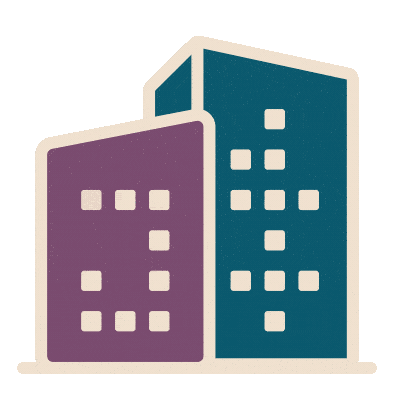The new JLL Shanghai office revolution - Worth it or not?
This article originally appeared in WeChat
In March 2017, JLL Shanghai relocated to a new workplace that features a unique framework introduced by JLL—the “Future of Work”—which highlights the changing nature of work and its impact on the next generation of corporate real estate. The new office embraces a flexible, co-working style that encourages collaboration, openness, knowledge sharing and innovation.
Over the past year, however, the new JLL workplace was frequently asked by people—whether the office space revolution does improve productivity; what is the employees’ experience on the new flexible working environment; and how to measure the efforts behind the new workplace.
In response to these questions, JLL released a ‘Productivity Index’ that helps companies to measure the productivity of any new workplace more comprehensively. The index includes seven aspects - growth, people, profitability, customer, utilization, health and wellness, and operations.
Let’s measure our JLL Shanghai office as an example:
Growth
The flexible office space creates a culture of openness among our people. Communication has been made easier because employees can sit in different areas according to their work needs. Having an open working environment also simplifies work procedures, thereby improving staff productivity.
To further boost teamwork, JLL hosts a regular quick gathering ‘Monthly Prayer’ at the Aurora Café to create an opportunity for all departments to get together and catch up on any company or business updates. Until now, this initiative has been successful in developing several cross-department business.
People
According to the latest employee survey, 84 percent of our people are very satisfied with the new JLL office space; while 92 percent feel proud, and are thrilled to share the space with clients and friends. The survey also showed that today’s “millennials” and “post-millennials” are more enthusiastic with the new flexible office environment than the previous traditional environment. Such survey results demonstrate that the new office space suits the needs of our people—particularly the young talents.
Profitability
Compared with the old JLL office, the new office has a large public space, which is convenient for various types of activities, including seminars, workshops, team building, and many others. Last year, nearly one-thirds of all the activities in Shanghai was held in the office, thereby greatly reducing the cost of rent from external event venues.

Customer
To create an even more pleasant experience for employees and clients, JLL unveiled the exclusive ‘JLL No. 6’ scent—which we installed it in public areas not only to bring a new sensory experience for our employees, but also to make our clients feel that real estate is no longer a “cold” traditional industry.

Utilization
With an office space of 3,700 square meters and more than 400 employees, JLL’s Shanghai office has an average working space of about 9 square meters per person. The proportion of the office space and the number of employees is 1:1.3. This means that while the number of worktables and desks is less than the number of staff, we can still meet the expected normal use, and the utilization rate is maintained at around 80 percent with the flexible space set up.
Health and Wellness
The new office space in Shanghai has contributed to the overall wellbeing of JLL’s employees. In Q1 of 2018, the number of sick leaves dropped nearly 20 percent, compared with last year.
JLL has gained the highest recognition in the industry as the first recipient of the WELL Platinum certification in Asia Pacific, and the third in the world. This shows our commitment to provide the best possible working conditions for our people.
Operations
With the smart and eco-friendly lighting control systems, JLL has been able to not only save energy but also to ensure a comfortable indoor light environment for work. As such, our electricity consumption is down by 41 percent over the same period, even if the office area is 25.8 percent larger than the original JLL office.
In addition, the practise of unassigned seating has encouraged our staff to clean up their desks after work, and to strive for a paperless office. This is shown by the 38 percent decline in the use of printing paper in 3Q of 2017.







